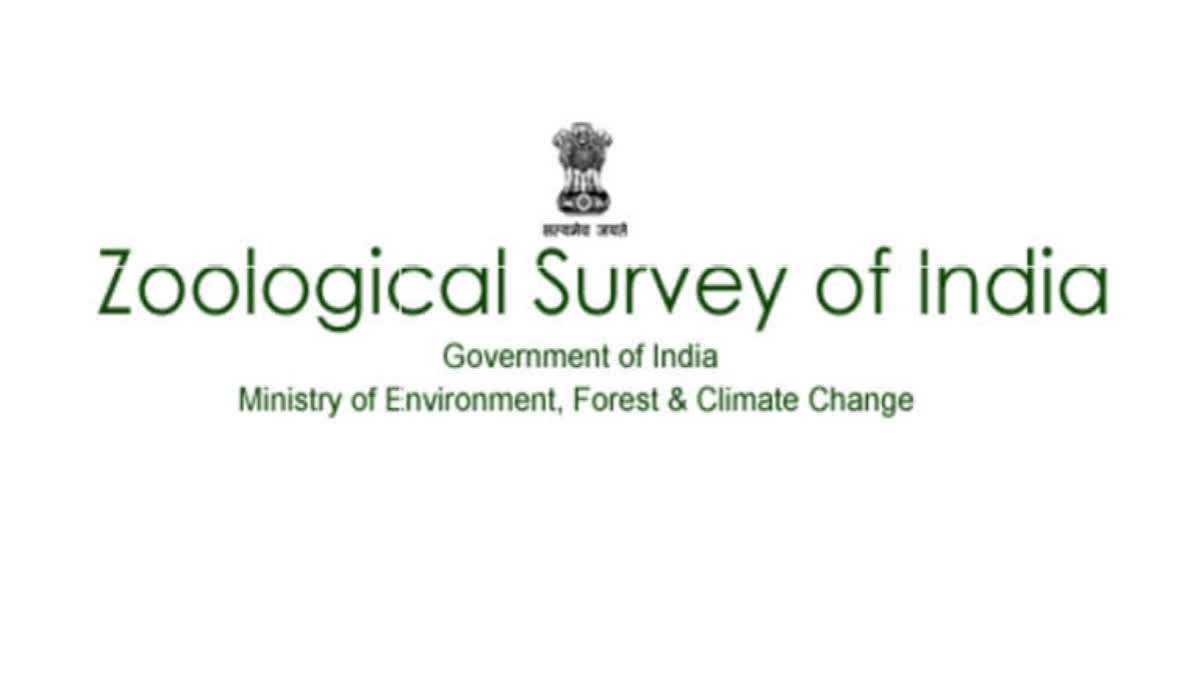Kolkata: Scientists of the Zoological Survey of India (ZSI) have discovered five different species of parasitic wasp, an official said. ZSI scientists have identified Ceraphron initium, a new species of parasitic wasp from Nagaland, the official said. Four other 'parasitoid wasp' species were found in the Western Ghats by another team of ZSI, she said.
A parasitic wasp is also known as parasitoid wasp. It is an insect which lays its eggs on or inside a harmful pest insect, where the larvae destroy the host. Considered important for natural pest control these are beneficial in horticulture and helpful insects. ZSI Director Dhriti Banerjee on Saturday said the two discoveries underscore the vital role of these tiny creatures in maintaining ecological stability.
A ZSI team led by Kaomud Tyagi, discovered a species - named Ceraphron initium - during a SERB (Science and Engineering Research Board)-funded field survey in Nagaland. The Ceraphronidae are sometimes overlooked and labelled as a dark taxonomic group because of their small size (0.8 mm to 1.5 mm) and complex morphology. In scientific terminology, 'Dark Taxon' is a collection of creatures that were hitherto undiscovered owing to their distinctive and exceedingly enigmatic characteristics.
In contrast to more recognizable species, these living forms inhabit settings and exist under circumstances that have long-evaded scientific observation. Highly sophisticated technologies and cutting-edge research methodologies enabled their discovery. The newly discovered species has various discernible traits, including exceptional wing patterns, body structure, pigmentation and particularly peculiar male genitalia.
These characteristics distinguish it from other documented species members of the Ceraphronidae family. Rigorous morphological analyses, conducted by researchers Amit Kumar Ghosh, Vikas Kumar and A Rameshkumar, confirmed the discovery of this previously unknown species, the ZSI said in the statement. "We are delighted to make the announcement of our discovery of Ceraphron initium" stated Kaomud Tyagi, scientist at ZSI.
In another significant discovery, four new species were sighted in the Western Ghats by ZSI researchers. A team led by Dr Rajmohana K came across the four new species: Calotelea acuta, C chitraka, C foveata, and C fulva. These Hymenopteran wasps contribute to the ecosystem health by regulating populations of various insect species. "The discovery serves as evidence of the abundant biodiversity in India and emphasizes the need for ongoing investigation and study in our natural habitats," Banerjee underscored.
"This finding underscores the remarkable variety of insect species in India and the essential role that these species fulfil in our ecosystems," the ZSI Director said. "Furthermore, it emphasizes the importance of continuous study and conservational endeavours to save our rich natural heritage," she added. The teams have plans to focus on molecular and bioecological studies of these groups in the future.
"There is an urgent need for extensive taxonomical studies on such lesser-known insect groups, as they can have important implications for sustainable agriculture," Banerjee pointed out. "This research increases the total number of Calotelea species in India to 25. While the biological roles of these species are still being explored, their importance in maintaining ecosystem balance and supporting sustainable agriculture is undeniable," Banerjee said. Both discoveries were published in different prestigious international journals.



